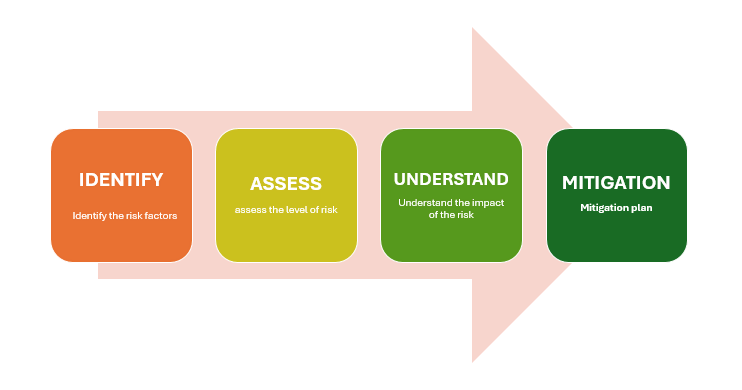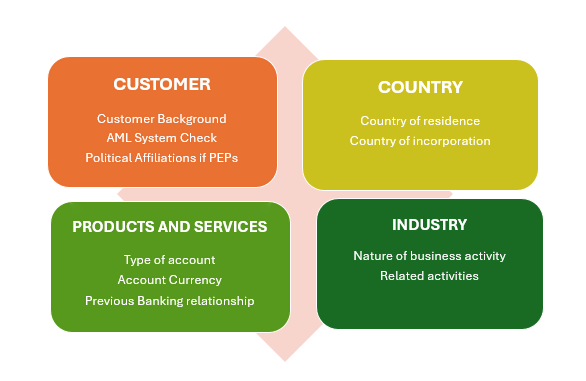A Risk-Based Approach is a method for allocating resources to the management and mitigation of ML/FT risk in accordance with the nature and degree of the risk.
Both the AML-CFT Law and the AML-CFT Decision provide that the reporting entities may utilize a risk-based approach with respect to the identification and assessment of ML/FT risks.
A risk-based approach (RBA) is central to the effective implementation of the AML/CFT legislation.
The use of an RBA thus allows entities to allocate their resources more efficiently and effectively, within the scope of the national AML/CFT legislative and regulatory framework, by adopting and applying preventative measures that are targeted at and commensurate with the nature of risks they face.
By integrating a systematic method for evaluating and mitigating potential risks, organizations can enhance their resilience and adaptability in an ever-evolving landscape.
The Benefits of a Risk-Based Approach
- organizations can proactively identify potential threats and opportunities.
- enabling them to make informed decisions that align with their overall objectives.
- foster a culture of risk awareness and preparedness.
- empowers stakeholders to navigate uncertainty with confidence.
- stakeholders can make more informed and strategic decisions that support long-term sustainability.
The general principle of RBA is that, where there are higher risks, financial institutions and DNFBPs should consider and take enhanced measures to manage and mitigate those risks; and that, correspondingly, where the risks are lower, simplified measures may be permitted. Simplified measures should not be permitted whenever there is a suspicion of money laundering or terrorist financing.
Implementation of a Risk-Based Approach in Practice

Steps for Implementation
- organizations must first establish a framework for risk assessment and management
- conducts thorough risk analysis
- define risk tolerance levels
- develops robust mitigation strategies to address key vulnerabilities.
The Wolfsberg risk-based approach guidance has provided an insight on the approach by identifying these components that can assist in measuring the risk. Industry risk related to Business activities in which the customer is involved. “Money laundering risks may be measured using various categories, which may be modified by risk variables. The most commonly used risk criteria are: country risk customer risk and services risk.” Based on Wolfsberg’s guidance on a risk-based approach, risk factor identification or indicators that can allow the assessment and measurement of the level of risk can be summarized in the following diagram:

In conclusion, by adopting a risk-based approach organizations can enhance their resilience, capitalize on opportunities, and navigate uncertainty with confidence.

![Know Your Customer [KYC]](https://amltickmark.com/wp-content/uploads/2024/04/know-your-customer.webp)
